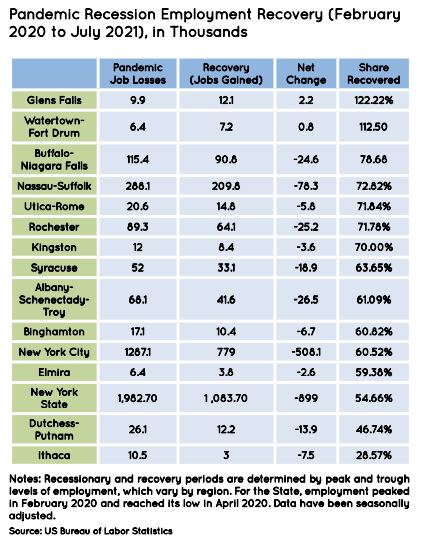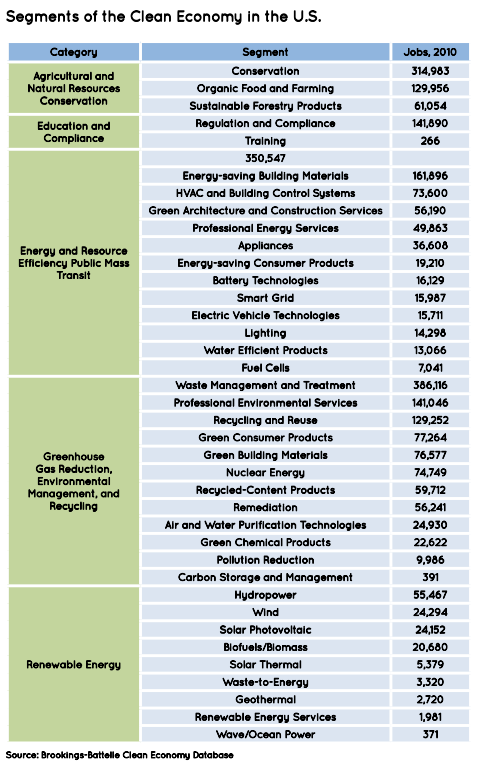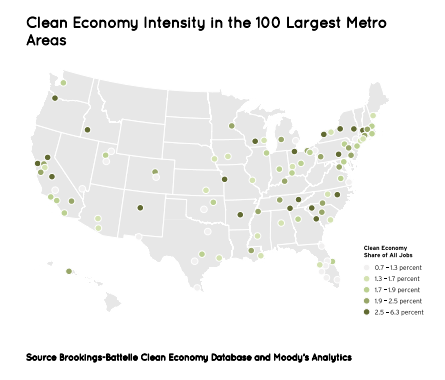economic development
CNY CEDS
A comprehensive economic development strategy provides a region with a clear understanding of their current economic situation, identifies potential opportunities as well as challenges for economic growth, and defines the efforts required to achieve specific goals.
A strategy is typically established for a ten to twenty-year horizon and addresses the multiple facets of economic development at the local level including organizational structure, resource development and allocation (provision of basic public services, supply of qualified labor, capacity and accessibility of reliable utilities, availability of land and buildings, capital resources, favorable tax and regulatory policy, etc.), and the growth of specific target industries that will produce jobs and new wealth for the community.
An important part of the strategy is to promote a broad range of economic initiatives that not only help strengthen existing businesses, but also help to diversify the employment base through the start-up of new companies and the attraction of businesses to the area. Since the employment levels of any given company never stay constant, it is important to continually support expansion of the local economy with new opportunities. This approach helps ensure jobs for the next generation seeking employment in a community.
To carry out this economic development mission, considerable attention must be paid to forces in the marketplace that will affect the likely success of any particular economic development initiative. In today’s global economy, these forces operate on the international, national, regional, and local levels. Compounding the challenge is the need to pay close attention to the broad range of employers in a community, from the traditional large-scale manufacturing firm to the entrepreneurial start-up with plans to introduce a new niche product or service into the marketplace. Attention must also be focused on key industry sectors in a community such as advanced manufacturing, professional and business services, agriculture, and tourism. In addition, the large institutional employers in a community such as colleges and universities, hospitals, and utility providers must be recognized. These institutions serve as major economic engines with their own set of resource needs and associated economic development opportunities.
When preparing an economic development strategy for a region, it is important to start with a common understanding that the public sector has traditionally provided services to support business and commerce at the local level. These services cover a broad range of activities including governance, public safety, roads, sewer and water, education, recreation, solid waste management, environmental and public health protection, and the overall advancement of the common welfare. Maintaining the delivery of these vital public services in an affordable and efficient manner must be the starting point for any concerted effort to support the growth of a local economy. Building on these resources, attention can then be focused on the tools available in the public and private sector that can support job retention and creation in a market system based upon the concept of free enterprise. In today’s competitive world, the application and use of these tools often requires an entrepreneurial and proactive approach in the business community and at all government levels.
A review of the information presented in this plan shows that the preparation of an economic development strategy must be carefully calibrated to account for developments which are occurring on an international, national, and regional level. As noted in a World Economic Outlook Update issued by the International Monetary Fund (IMF) in October 2020, global growth was expected to contract in 2020 by 4 percent as a result of the Covid-19 pandemic. Global growth in 2021 is projected to increase by 5 percent as a result of a downturn in 2020 being more moderate than initially feared. The IMF notes that developing economies, excluding China, are projected to incur a greater loss over the next year when compared to more advanced economies, likely resulting in a long, uneven, and uncertain global economic comeback.
The IMF projects that growth in the United States will average 4 percent in 2020 and rebound to average 3 percent in 2021. The uncertainty around the current projections is unusually large and relies heavily on public health and economic factors that are inherently difficult to predict. The public health response to the pandemic, including vaccine development and distribution, will have significant impacts on domestic activities and may have spillover effects in other areas of the economy, such as tourism rates. Progress hinges on reducing transmission rates through changes in the workplace and by consumers, but a sizable risk remains if lockdowns must be reinstated due to high levels of infections.

Supplementing this information is an overview of the current condition of the NYS economy as provided by the NYS Comptroller’s office in March 2021. This report noted that New York’s Gross State Product (GSP) suffered a greater fall than the national GDP, dropping 5.9 percent compared to 3.5 percent respectively, the fourth steepest decline out of the 50 states. While GSP declined in nearly all industries, the leisure and hospitality sector saw the greatest value decrease of over 44 percent. The information and utilities industries saw gains that helped offset a portion of the overall decline. New York State lost over 955,000 jobs in 2020 as a result of the pandemic-induced recession, with the largest share of job losses occurring in New York City and Long Island. In addition to sector. Regarding employment, it was noted that job growth has been uneven across that State and the unemployment rate exceeded the Statewide rate of New York’s labor force decline by nearly 218,000 people, bringing the civilian labor force participation rate down to 59.6 percent, its lowest level since 1984.
New York State’s population increased by over 800,000 residents to 20.2 million between 2010 and 2020, a 4.2 percent increase which was below the national average of 7.6 percent. The population growth experienced by the State was almost entirely seen in the New York City metropolitan area.

Looking more closely at national level data, it is instructive for purposes of this plan to consider a report issued by the Brooking Institution in 2011 titled, Sizing the Clean Economy: A National and Regional Green Jobs Assessment. In this report, Brookings takes a look at a specific sector in the nation’s economy called the “green” or “clean” or low carbon economy, defined by Brookings as the sector of the economy that produces goods and services with an environmental benefit, and notes that as a matter of aspiration no swath of the economy has been more widely celebrated in recent years as a source of economic renewal and potential job creation by communities across the nation. Covering the years 2003 to 2010 for every county in the United States, the report (available for download at www.brookings.edu/meto/clean_economy.aspx) represents the first study of the U.S. clean economy to provide timely information that is both comprehensive enough in its scope and detailed enough in its categorization to inform national, state, and regional leaders on the dynamics of the U.S. environmental goods and services “supersector” as they are operating in regions and metropolitan areas. Issues and data highlighted in the report include:
- The clean economy, which employed some 2.7 million workers in 2010, encompasses a significant number of jobs in establishments spread across a diverse group of industries. These jobs were spread over 57,501 different establishments in 41,185 companies and existed in almost every industry. Encompassing 2% of all positions, the clean economy represents a modest slice of the U.S. economy. By contrast, the healthcare sector—the nation’s largest source of private employment—employs 13.8 million workers, and accounts for 10.2% of all jobs.
- The clean economy grew more slowly in aggregate than the national economy between 2003 and 2010, but newer “cleantech” segments produced explosive job gains
- The clean economy is manufacturing and export intensive
- The clean economy offers opportunities for low-and middleskilled workers
- Among regions, the South has the largest number of clean economy jobs though the West has the largest share relative to population
- Most of the country’s clean economy jobs concentrate within the nation’s 100 largest metro areas (the Syracuse Metropolitan Area is ranked 80 out of 366, by population).
- The clean economy permeates all of the nation’s metro areas
- Strong industry cluster boost metros’ growth performance in the clean economy

The measurements and trends presented in the report offer a mixed picture of a diverse array of environmentally oriented industry segments growing modestly even as a sub-set of clean energy, energy efficiency, and related segments grow much faster than the nation and in ways that are producing a desirable array of jobs, including in manufacturing and export-oriented fields.
As to what policymakers should do to catalyze faster and broader growth across the U.S. clean economy, Brookings notes that the private sector needs to play the lead role, but governments have a role too. In this connection, the fact that significant policy uncertainties are weakening market demand for clean economy goods and services, chilling finance, and raising questions about the clean innovation pipeline reinforces the need for engagement and reform. Not only are other nations bidding to secure global production and the jobs that come with it, but the United States currently risks failing to exploit growing world demand.
This report concludes that private sector-led growth needs to be promoted through complementary engagements by all levels of the nation’s federal system to ensure the existence of well-structured markets, a favorable investment climate, and a rich stock of cutting-edge technology. The report recommends that governments at different and appropriate levels can help by:
- Scaling up the market by taking steps to catalyze vibrant domestic demand for low-carbon and environmentally oriented goods and services
- Ensure adequate finance by moving to address the shortage of affordable, risk-tolerant, and larger-scale capital that now impedes the scale-up of numerous clean economy industry segments
- Drive innovation by investing both more and differently in the clean economy innovation system
